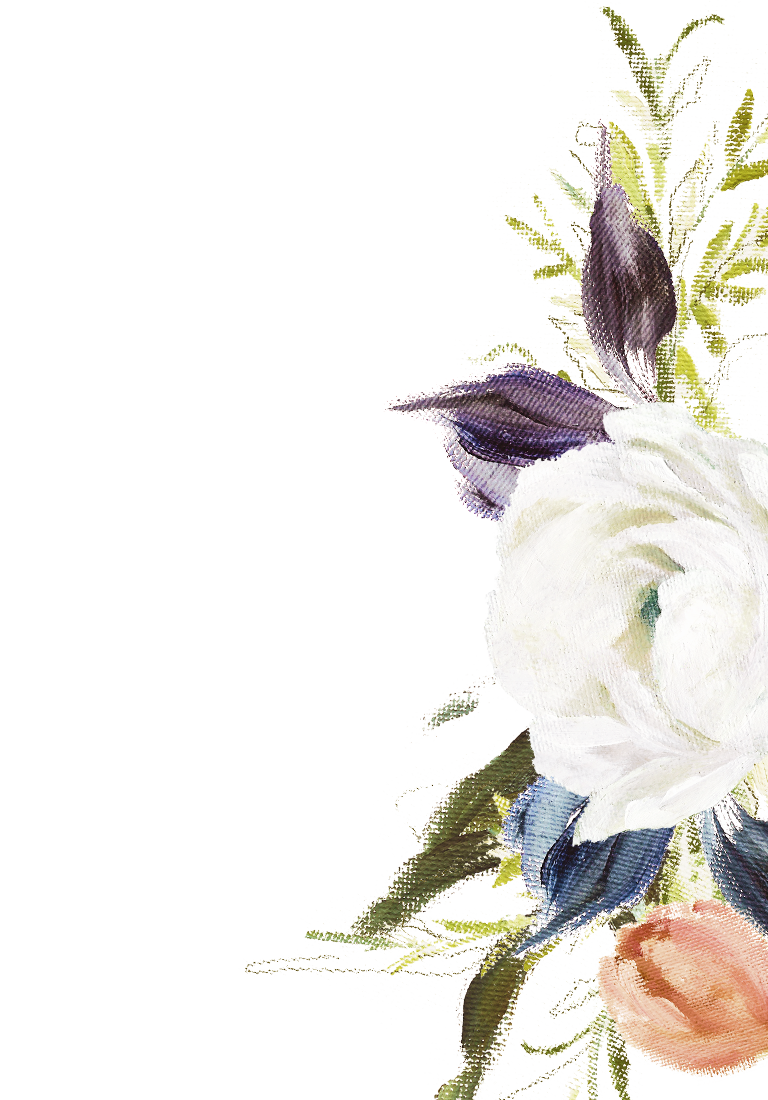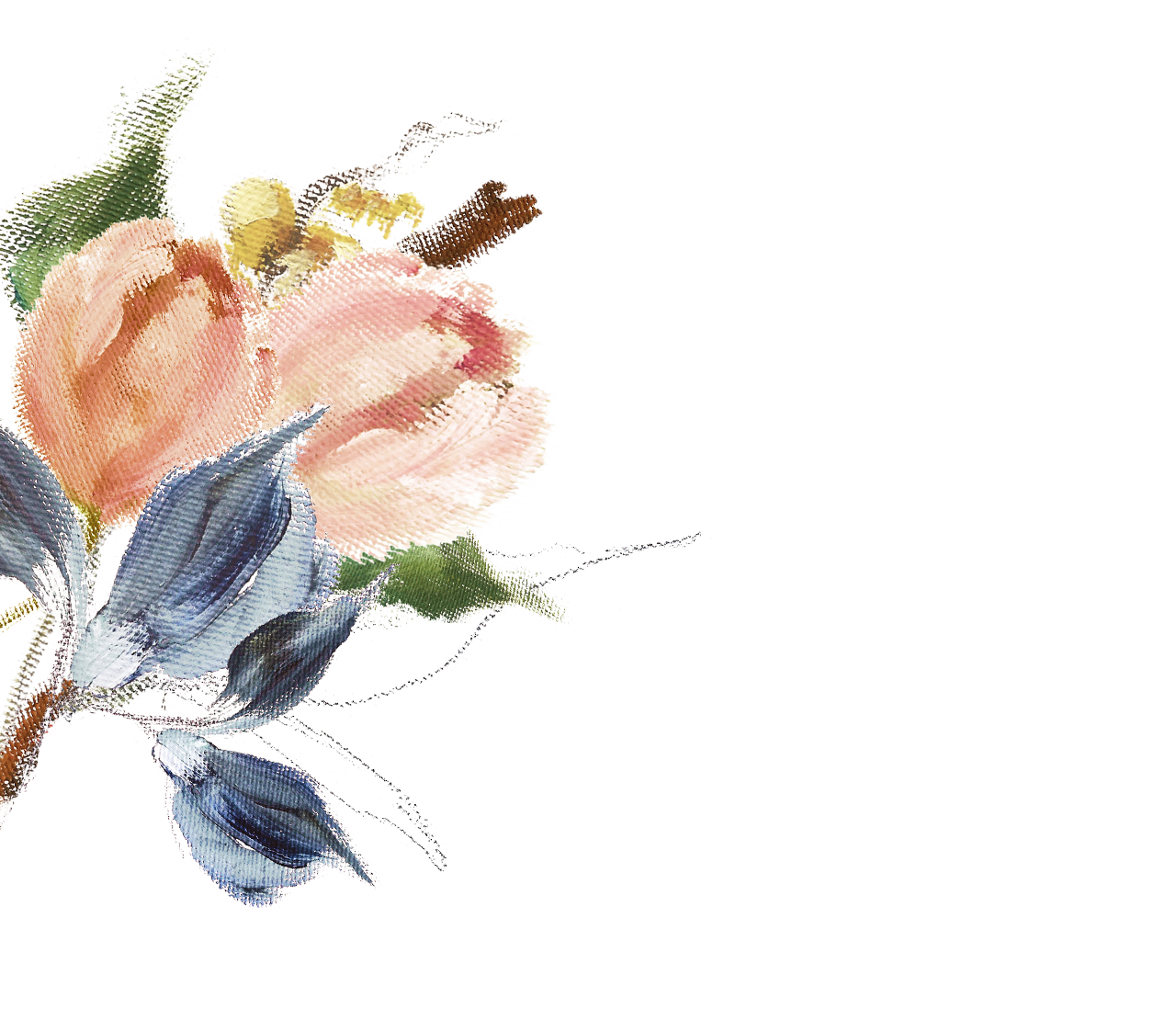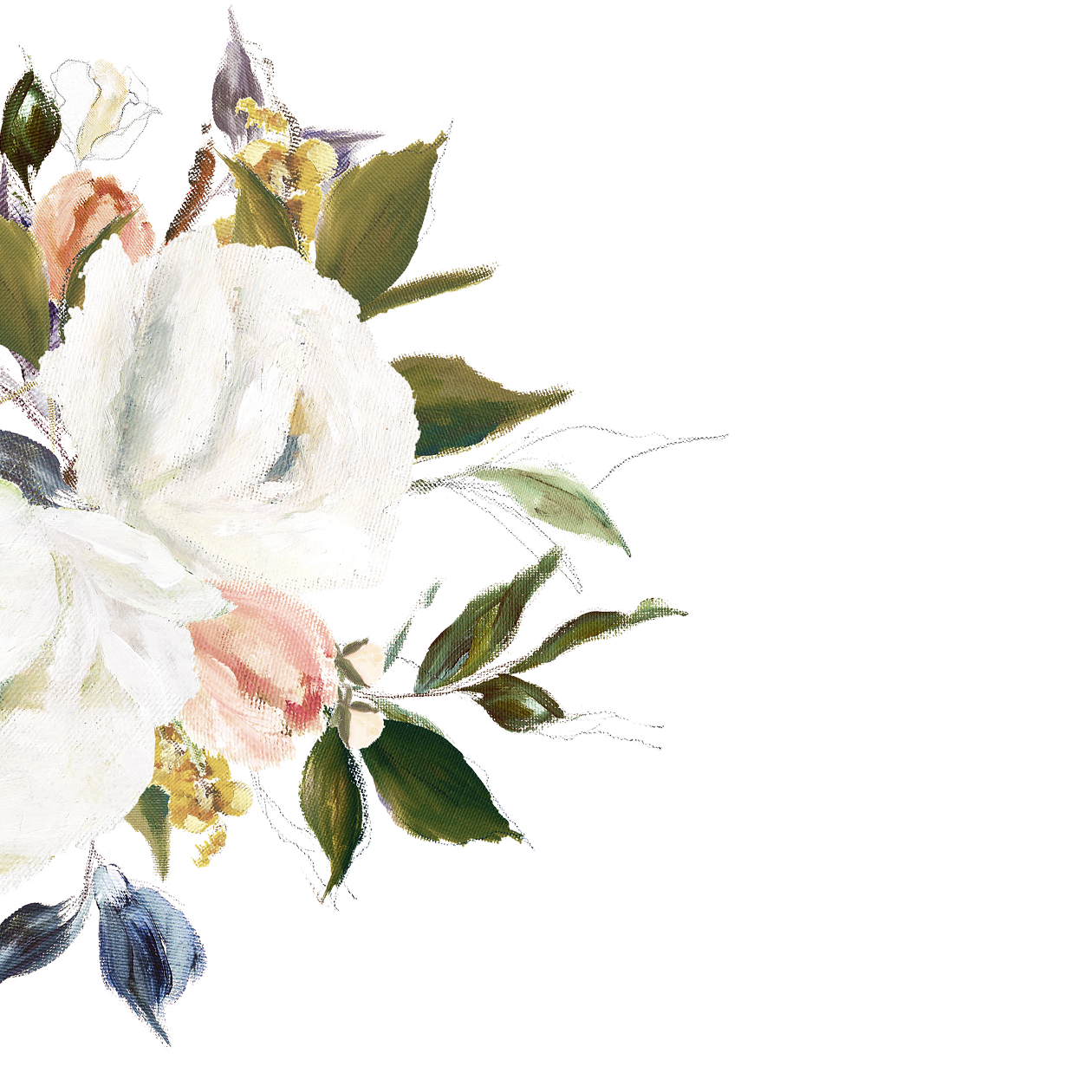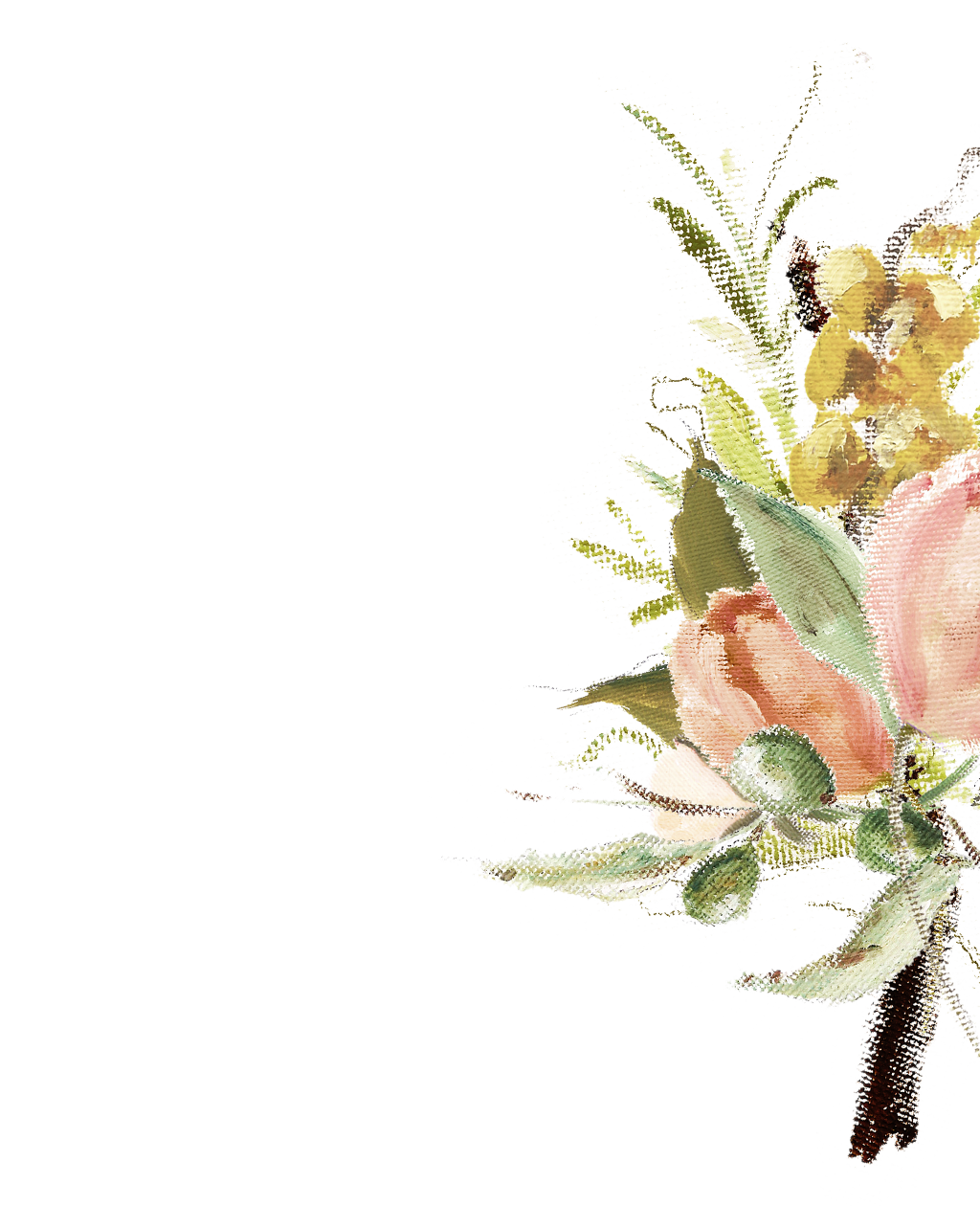Michael & Thanga Nithya




Nithya Gunasekaran
Michael Christensen
December 4, 2022
How we got engaged
On our annual summer trip to Traverse City, Michigan in a U-pick Wild flower garden. Happiest day of our lives! We are looking forward to bringing our families, friends and culture together by having a Traditional Tamil wedding in India followed by another Wedding celebration in Michigan in the summer of 2023!
What is entailed in a South Indian - Tamil Wedding
Hindu Weddings in Tamil Nadu are built with rituals upon age-old beliefs and traditions. It consists of various ceremonies. Panda Kaal Muhurtham marks the commencement of the wedding where bride and family prays for the peaceful marriage ceremony to their ancestral God at their home. The next event is Nalangu Pooja, where the bride takes blessings from Goddess Durga. During the ceremony, women in both sides of the family blesses and adorns the bride with glass bangles as a holy start to married life. The guests will apply yellow turmeric paste on the bride and groom signifying purity and protection from any illness. Next day, Nichayathartham(Engagement ceremony) will take place where the bride and groom prays to Lord Ganesha. During this ceremony, the bride and groom also exchange rings infront of all elders and family members. And the final day is the main wedding ceremony where the groom ties the ‘Thali’(gold necklace) around the bride and they are accepted as husband and wife. If you would like to know more details and significance about each event, please keep reading below
Pre-Wedding Ritual: Day 1
Nalangu Pooja Nalangu ceremony is an auspicious occasion, where the bride takes blessings from Goddess Durga presenting her Wedding Saree and ‘Thali’ (Gold necklace) and the women in both sides of the family adorns her with glass bangles as a holy start to the married life. The guests then will apply yellow turmeric paste on the bride and groom signifying purity and protection from any illness before the wedding day. Mehendi Ceremony: A Mehendi(Henna Tattoo) party is a pre-wedding intimate event for the bride, groom and their family and close friends. It typically focuses on the bride, where she will have intricate tattoo designs drawn on her arms and feet. Henna tattoos play an integral role at traditional Indian weddings. Before the wedding ceremony, the couple, family and friends often have henna designs drawn on their hands. It is aimed at ritualistically beautifying the bride and groom and preparing them for their wedding day. Also the Henna Plant(Lawsonia inermis) itself has cooling and stress relieving properties which helps the bride and groom to relax before the wedding day.
Pre-Wedding Ritual: Day 2
Nichayathartham –The Engagement Nichayathartham is the formal engagement ceremony between the bride and groom's family which takes place in the presence of all elders, family members and friends. The function is held the day before wedding. It gets started by paying homage to Lord Ganesh (pillaiyar), vanquisher of all obstacles. Then, both the bride/groom’s families announce their final agreement to the wedding. The groom’s family gifts a traditional South Indian silk saree and traditional jewelry to the bride as a gesture of acceptance. Similarly, bride’s parents also gift the groom with a new set of clothes as their acknowledgement of the marriage. The bride and the groom then change into the new clothes gifted by each other’s family. Lagna Pathirikai - Verbal Invitation to the Wedding The ritual involves announcement of the wedding and offering verbal invitation to the wedding. Typically after consulting the couple’s horoscopes, the priest comes up with the most auspicious moment to carry out the wedding which is formally drafted in the lagnapatrikai (Invitation). The lagnapatrikai is supposed to clearly outline the names of the family members, the bride and the groom’s, marriage date and time. This time of the wedding or the Lagna is announced in front of all the family members of both the bride’s and the groom’s side. The lagnapatrikai is examined and signed by the heads of the two families.
The Wedding Ceremony: Day 3
The Wedding Day with Ceremonies Wedding in Tamil Nadu is mostly organized during the early morning hours and the ceremonies last for about few hours. Close families and friends are invited to attend the marriage ceremony and bless the newly wed couple. The function is finally followed by a traditional South Indian feast. Sapthapathi – Sacred Steps Sapthapathi is an essential element of any Hindu wedding. The bride and the groom take seven steps together encircling the Holy Fire as a harbinger of their new life. With each step, the priest recites hymns from the holy verses to unite both souls thereafter. Significance of the seven steps: The bride and groom promise to carry on with their life together while following the four purposes of human existence: Dharma (religion and ethics), Artha (wealth and prosperity), Kama (love, fertility and family) and Moksha (spiritual liberation). Thaali Kattu – Tying the Gold Necklace Sapthapathi is followed by Thaali Kattu ritual. The Groom presents the Bride with Koorai (wedding saree) and the Thali (gold necklace). The wedding saree and Thali are circulated amongst the family gathering so that the items can be blessed. The bride then leaves the Manavarai (wedding stage) in order to change into the Silk Saree. She returns to the manavarai wearing the gifted saree with a garland for the groom. He ties the Thali (gold necklace) around the bride’s neck, signifying the change in her marital status amidst traditional wedding song kettimelam. The couple is thus pronounced as husband and wife. Finally, they exchange garlands to the beat of Thavils (drum) and Naathaswarams (classical pipe music).
Continuation - The Wedding Ceremony Day 3
Ammi Midhithal- Treading on the Grindstone Another significant post-ceremony ritual is the Ammi Midhithal (Treading on the Grindstone). It is a ritual where the bride is required to place her feet on a grindstone, after walking around the bridal platform thrice. The moment she walks on the grindstone, her new husband adorns her second toe with tiny ringlets (metti) and symbolically shows her the Arundhati (Alcor) star. Significance of showing the Arundhati (Alcor Star) and wearing Metti(Toe ring): Hindu legends relate Arundhati, the wife of sage Vashista as an extraordinary woman. She is remembered for remarkable loyalty and devotion to her husband. During marriage ceremonies, she is invoked by the groom by asking the “bride” to look at the Arundhati star and be like her as a devoted wife. The metti is worn by both the bride and groom. According to traditions, wearing a gold necklace (mangalyam) by the bride indicates that she is married and any other men staring at her would instantly know that she is a married woman. Likewise wearing a toe-ring by men would inform another woman that he is married to someone else.